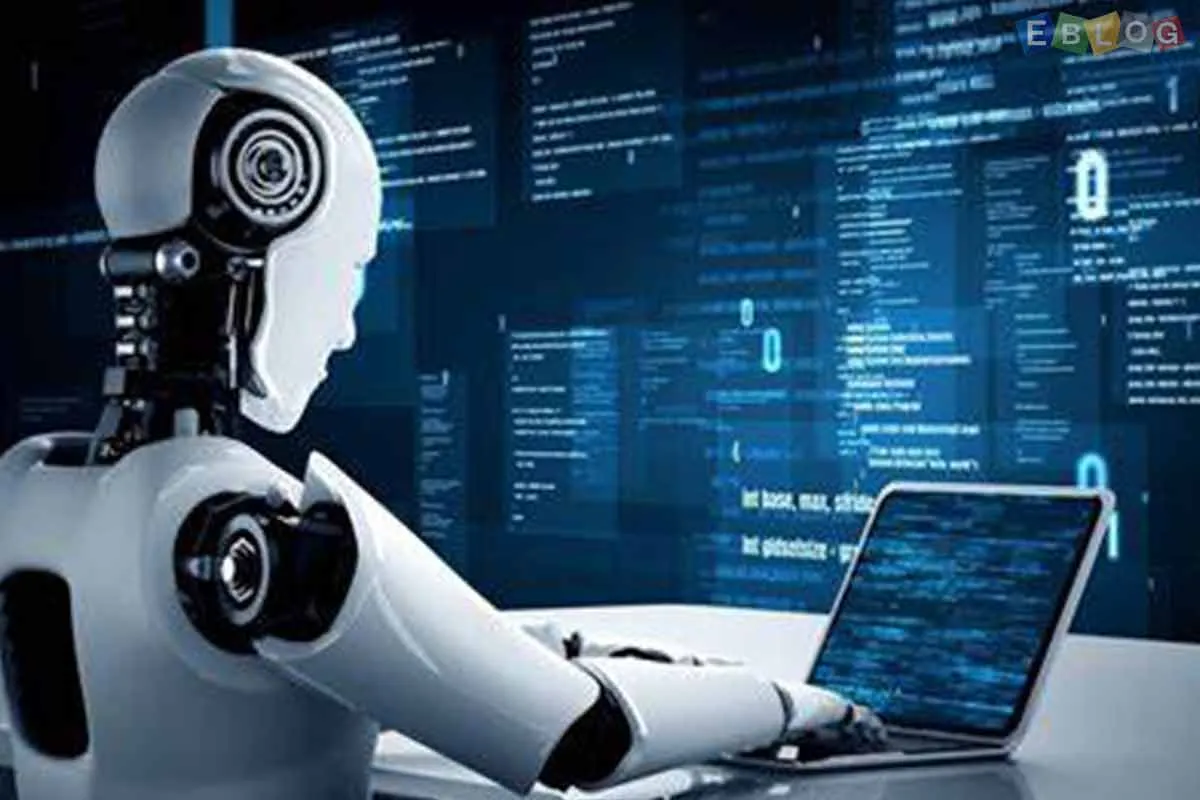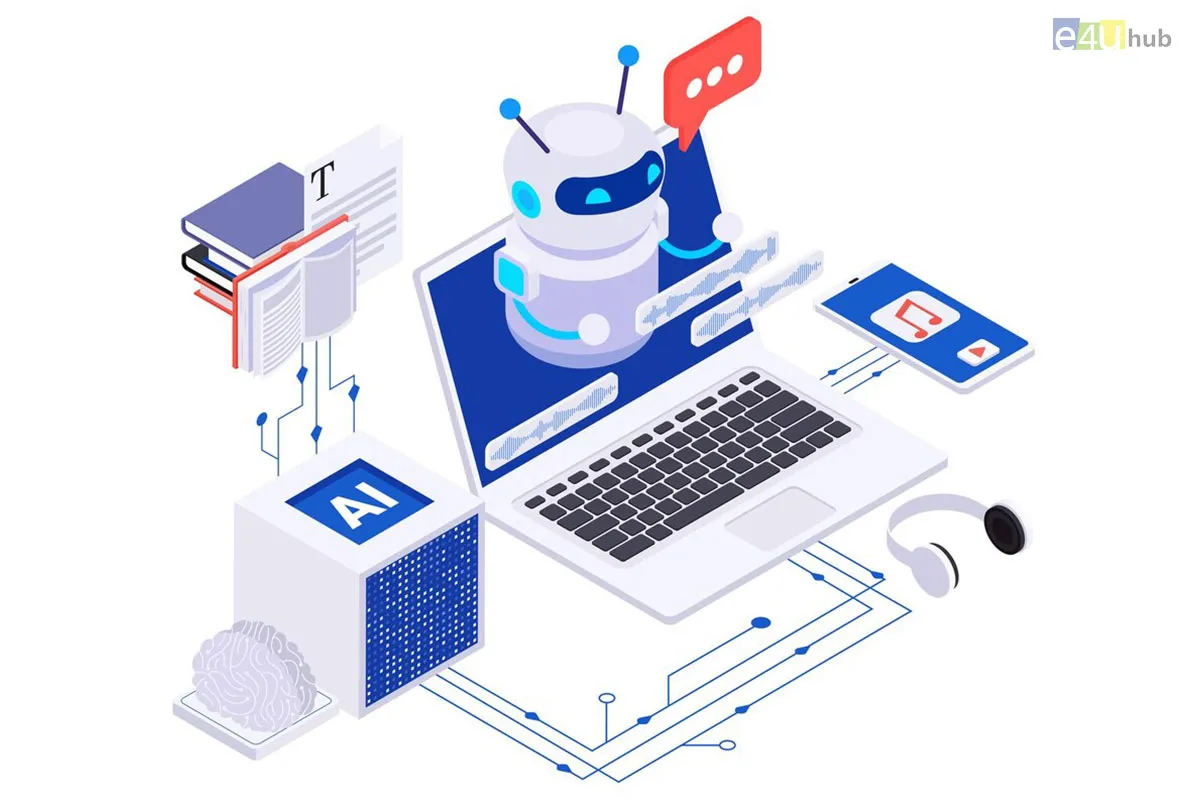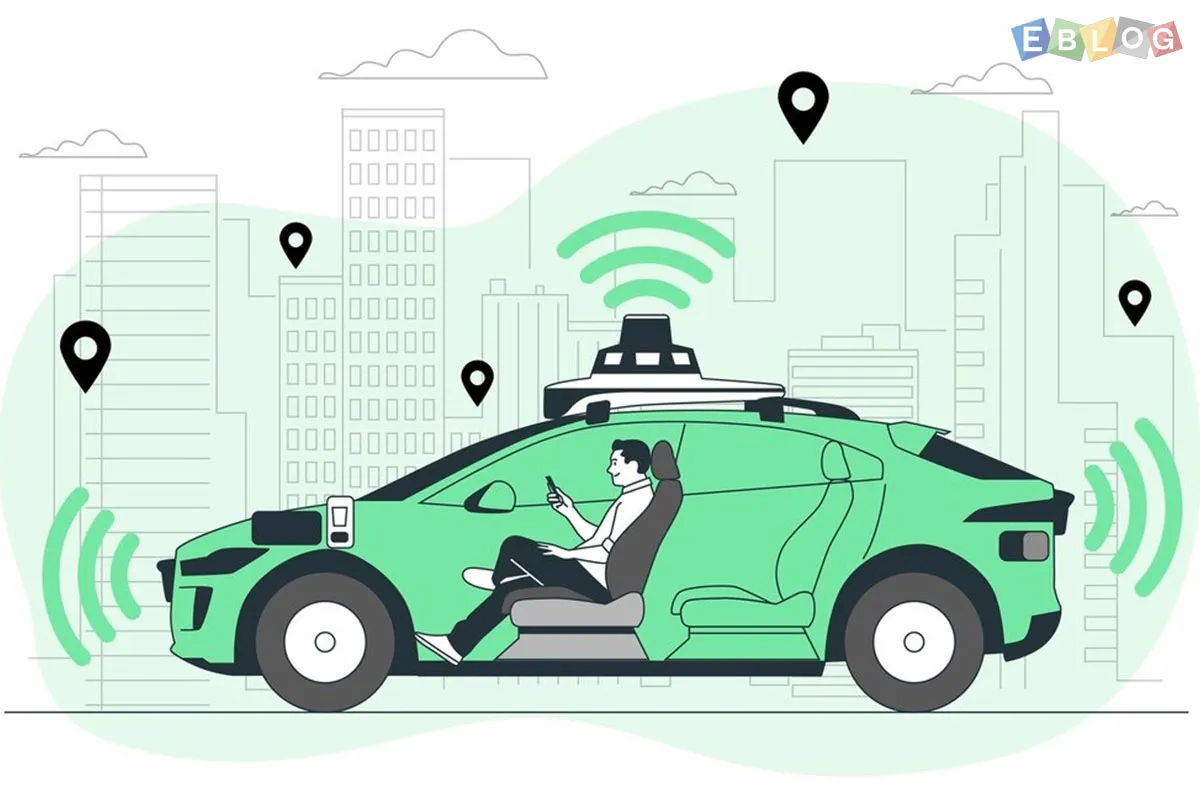
Robotics In The Workplace: Enhancing Efficiency And Innovation
- 26 Mar, 2024
- Tech
- 428 Views
- 0 Comments
In the ever-evolving landscape of modern industry, robotics has emerged as a transformative force, revolutionizing the way we work and interact with technology. From manufacturing and logistics to healthcare and beyond, robots are playing an increasingly vital role in enhancing efficiency, productivity, and innovation in the workplace. In this blog post, we'll explore the remarkable impact of robotics on various industries and the myriad ways in which they are reshaping the future of work.
1. Streamlining Operations:
One of the most significant benefits of robotics in the workplace is their ability to streamline operations and automate repetitive tasks. In manufacturing settings, robots can perform a wide range of tasks with speed, precision, and consistency, reducing the need for human intervention and minimizing errors. From assembly and welding to packaging and quality control, robots are transforming the manufacturing process, leading to increased efficiency and cost savings.
2. Enhancing Safety:
Robotic technology has also revolutionized workplace safety by enabling the automation of hazardous or physically demanding tasks. By delegating these tasks to robots, employers can minimize the risk of workplace injuries and create safer working environments for their employees. For example, in industries such as construction and mining, robots can be used for tasks such as demolition, excavation, and site inspection, reducing the exposure of workers to dangerous conditions.
3. Driving Innovation:
Robotics is driving innovation across a wide range of industries, opening up new possibilities for product development, process optimization, and customer engagement. In sectors such as healthcare, robots are being used to assist surgeons in complex procedures, deliver medications to patients, and provide personalized care. In retail, robots are automating inventory management, improving customer service, and enhancing the shopping experience. By embracing robotics technology, businesses can stay ahead of the curve and drive continuous innovation in their respective fields.
4. Fostering Collaboration:
Contrary to popular belief, robotics in the workplace isn't about replacing humans; it's about augmenting human capabilities and fostering collaboration between man and machine. Collaborative robots, or cobots, are designed to work alongside humans in a shared workspace, assisting with tasks that require dexterity, flexibility, or precision. These cobots can enhance productivity, improve ergonomics, and empower workers to focus on more complex and creative aspects of their jobs.
5. Empowering Workforce:
Far from displacing human workers, robotics technology has the potential to empower the workforce by augmenting their skills and capabilities. By automating repetitive and mundane tasks, robots free up human workers to focus on higher-value activities that require critical thinking, problem-solving, and emotional intelligence. This shift from manual labor to more intellectually stimulating work not only enhances job satisfaction but also enables workers to contribute more effectively to their organizations' success.
Conclusion:
In conclusion, robotics technology is revolutionizing the workplace by enhancing efficiency, driving innovation, and empowering the workforce. From manufacturing and logistics to healthcare and beyond, robots are reshaping the way we work and interact with technology, leading to safer, more productive, and more fulfilling work environments. As businesses continue to embrace robotics technology, they will unlock new opportunities for growth, competitiveness, and sustainability in the rapidly evolving global economy. By harnessing the power of robotics, organizations can pave the way for a brighter future of work, where humans and machines collaborate seamlessly to achieve shared goals and drive collective progress.















Leave a Reply